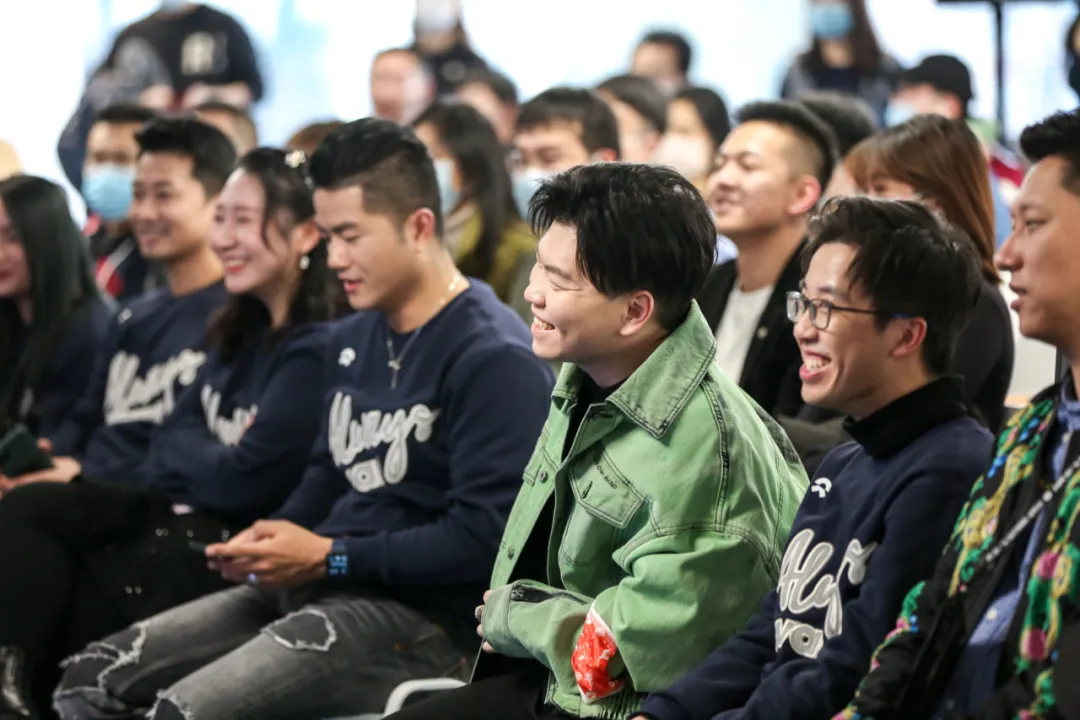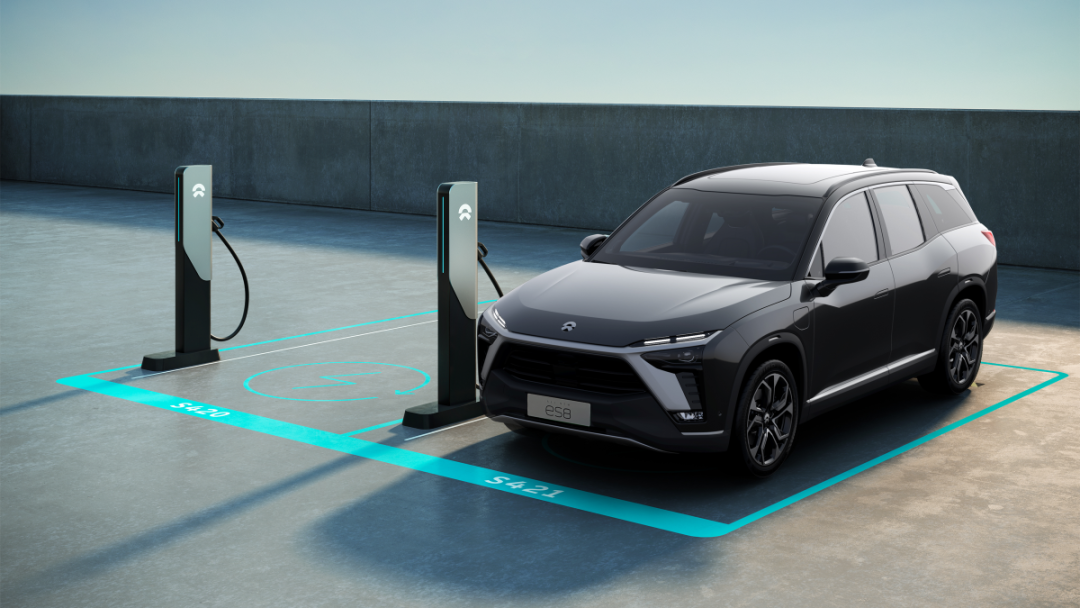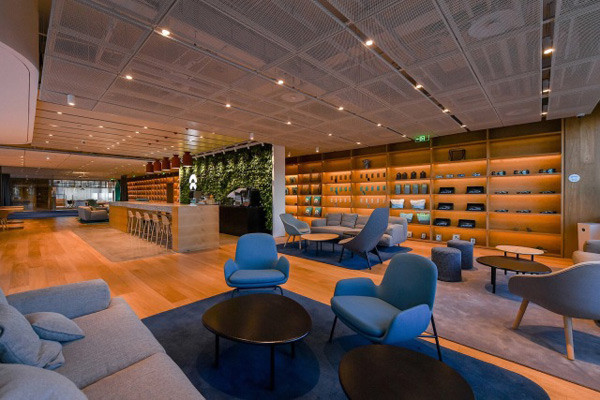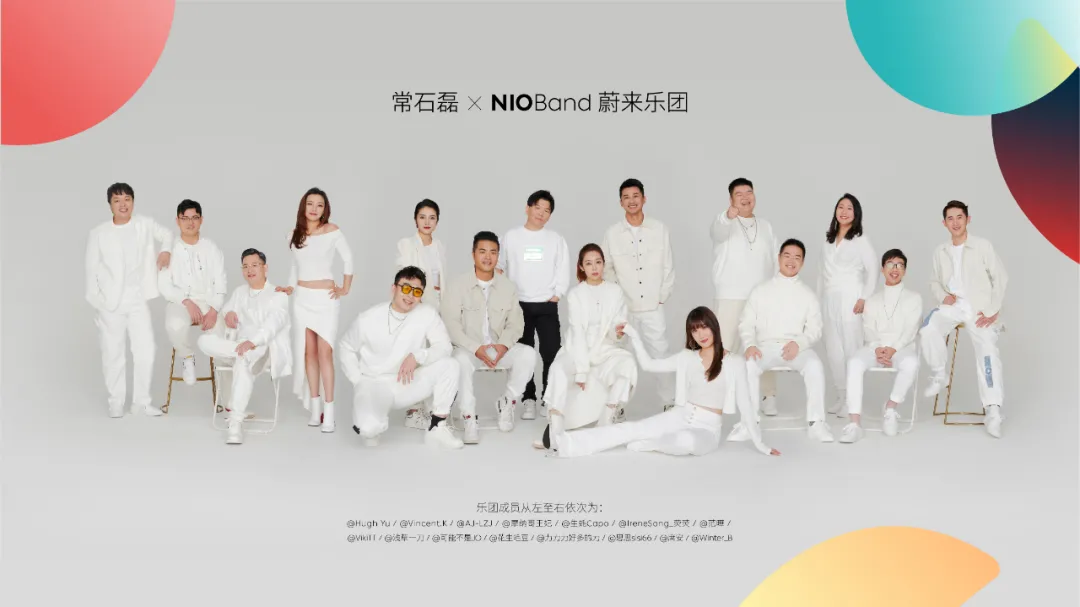On December 28th last year, at NIO Day 2019, a divine song broke the norm.
The choir of NIO owners, composed, directed and performed a self-deprecating song, “A Self-Cultivation of an Electric Car Owner,” which candidly made fun of themselves for sleeping on Chang’an Avenue, the stock price dropping to one yuan, and relying on a gasoline vehicle to charge their EV. They even teased William Li, co-founder and CEO of NIO, as the most miserable person in 2019.
Under the stage, William Li laughed uncontrollably.
At NIO Day 2020, NIO released another divine song, called “The Future is Ahead.” Like last year, this NIO band was entirely composed of NIO community members, and 15 car owners were recruited and trained through multiple rounds of interviews to form the band.

However, unlike last year, this NIO band was more professional, and NIO invited the versatile musician, Chang Shilei. If you are like me, unfamiliar with music names, don’t worry, because you’ve definitely heard his famous works: “High Song,” “Chinese New Year,” and “Beijing Wishes You Luck.”
Let’s listen to “The Future is Ahead” together.
However, the purpose of this article is not to discuss how good “The Future is Ahead” is or how impressive Chang Shilei is, but to use this song and some details I observed recently to discuss a topic that is often asked but has never been clearly explained: how did NIO become a user enterprise?
Yesterday, I attended the launching ceremony of “The Future is Ahead” at the NIO House on Chang’an Avenue. Throughout the event, I had two distinct feelings: enthusiasm and sincerity.
The enthusiasm was palpable.
The scene was like a party, with NIO’s 2020 customer consultants, the Blue Sky Choir of NIO Day 2019, and music lovers from the NIO community all present. Everyone chatted freely and competed on the NIO app for bonus points. This feeling is not common in typical corporate press conferences. A natural magnetic field was formed between car owners and between car owners and the brand.
 One of the highlights of the launch event was the premiere of the MV of the song “Moving Forward into the Future.”
One of the highlights of the launch event was the premiere of the MV of the song “Moving Forward into the Future.”
Watching it for the first time, I was touched not by the quality of the rap or the moving lyrics, but by the sincerity of the 15 NIO Band users who participated in the interview, song practice, and rehearsal. According to reports, the band worked until 2 a.m. recording the song on the day of the shoot, and nobody wanted to leave early. Their dedication comes from their love for music and their passion for outstanding live performances.
There was also an interesting detail during the guest interview after the premiere of the MV. The media and car owners asked open-ended questions to the creative team, including Chang Shilei, without any pre-rehearsal. This led to some amusing moments.
For instance:
Media: “What was your first impression when NIO approached you for a collaboration?”
Expected response: “I was delighted to hear that and very excited to work with this amazing company.”
Chang Shilei’s response: “It’s almost the end of the year, and it’s a good harvest.”
Media: “What are the band’s plans after this collaboration?”
Expected response: “The team is great, and we will definitely work together again.”
Chang Shilei’s response: “If the group doesn’t break up, we will probably continue to celebrate Chinese New Year together.”
The audience burst into laughter, and you could see that this is a user-oriented company that speaks in plain language, with sincerity and authenticity. Just like last year’s song “Electric Vehicle Owner’s Self-cultivation,” real people have strengths and weaknesses, but they can always attract more friends.
NIO DAY 2020 will take place in Chengdu in less than two weeks. Besides Li Bin giving an hour-long speech on corporate and product content, everything else is run by users. Who knows what kind of unexpected things will happen, but one thing is certain – it will be very user-focused.
Of course, the birth of this song is just the tip of the iceberg for NIO’s commitment to being a user-oriented company.
During the toughest times last year, Li Bin stated that he wasn’t worried since “seeing sales data stabilizing meant that users hadn’t abandoned us.” Many companies are now learning from NIO, claiming to be user-oriented, but it’s not that easy to achieve.
So how did NIO do it? Qin Lihong recently shared some insights during a media interview in Haikou. The first key point is that NIO has built a high-end consumer group.Currently, NIO’s average invoice price is 440,000 yuan, with the ES8 exceeding 500,000 yuan, and the ES6 and EC6 in the low 400,000 yuan range. The average invoice price of each car can reveal the brand’s user attributes, whether they are “truly high-end”. Compared to other brands, NIO’s 440,000 yuan is 140,000 yuan higher than Tesla, 40,000 yuan higher than Audi, 20,000 yuan higher than BMW, and 8,000 yuan higher than Mercedes-Benz. These users theoretically belong to the “less price-sensitive” group, have requirements for quality of life, are willing to accept a relatively high brand premium, and are willing to spend money to buy services and choices.
Understanding this point, we can answer the next question: How does NIO attract and cater to these users? We can take a closer look at the picture presented by Qin Lihong.

Four aspects: Vehicles + Places + APP + Fellow.
A: Vehicles
NIO’s product power includes the ES8, ES6, and EC6 which have been mentioned many times. At this year’s NIO Day, the first sedan from NIO will also launch, equipped with a lidar.
Another aspect that can directly reflect enterprise thinking from the user end is the whole-vehicle FOTA, which is a remote firmware upgrade. Since the product was delivered in 2018, NIO has achieved over 40 major iterations through FOTA, adding more than 130 and optimizing more than 280 functions. Among them, the addition and upgrade of many functional points are adjusted in real time according to user feedback.

B: Places
Since the first NIO House was established in Wangfujing, Beijing, the “Niuwu” (牛屋) has been a subject of controversy. The annual rent of Dongfang Plaza is 70-80 million yuan, and NIO signed a six-year contract. In the 3,000-square-meter single store, the second floor has 1,500 square meters and not a single display car, instead it is subdivided into six functional areas: living room, open kitchen, lecture hall, library, parent-child center, and shared office area. When I talked to Li Bin, he told me that instead of force-feeding users with information, he prefers to let them enjoy a cup of coffee comfortably, “I only care if the users enjoy being here.” In Li Bin’s ultimate plan, the NIO center should be “without a first floor”.

C: APPThis is the killer product of NIO. Besides functional services such as auxiliary power, all NIO users and potential users gather here to get to know, discuss, criticize, and guard NIO. No management team of any other company can directly communicate with users like Li Bin and Qin Lihong do in this app.
In a previous article titled “NIO, worth 40 billion, still far from popping champagne,” Qin Lihong personally pinned the typical negative voice to the top. Li Bin often sends red packets, which are points. The NIO points have applied for global patents and are equivalent to about 10:1 with Chinese yuan. Sometimes I even feel that the excitement of the users in this community grabbing red packets exceeds that of those who do it on WeChat.
Here, each ID is a person with flesh and blood and emotions, not just an official message from top to bottom.
Specialists, including delivery, stores, charging, technicians, and road service, constitute NIO’s Fellow group. The example of passengers going to Tibet with two auxiliary power vehicles following them closely and being laughed at for being extreme is what the Fellow group did. Currently, there are about 1,000 road service personnel in NIO, serving 70,000 users, with an average of five orders per person.
Looking closer at NIO’s “user enterprise” concept, which involves all aspects, I didn’t understand it before, but now I do. The question is how to study it.
Currently, NIO has begun to reap the benefits of being a “user enterprise.” When it was the most challenging period last year, users brought NIO back. During the epidemic this year, 69% of orders were recommended by old users. According to data, NIO’s store, NIO LIFE, only had tens of thousands of car owners last year, but completed a transaction volume of one million goods, and the point revenue was converted into RMB to reach two billion.
This article is a translation by ChatGPT of a Chinese report from 42HOW. If you have any questions about it, please email bd@42how.com.
